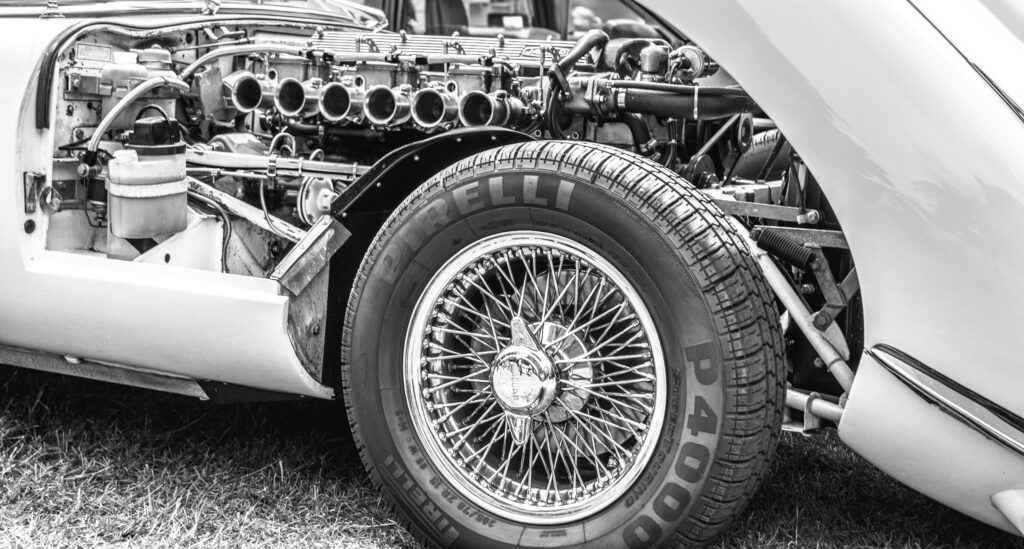Get ready to shift gears as we explore the ground-breaking impact of 3D printing technology on the automotive industry and how it’s accelerating innovation in car manufacturing.
In an era of technological innovation, the automotive industry is experiencing a revolution fueled by 3D printing technology. With its ability to fabricate complex designs and intricate components, 3D printing has emerged as a powerful tool, promising to transform the way cars are manufactured. This groundbreaking technology opens up a world of possibilities, from optimizing production processes and reducing costs to enabling customization and enhancing sustainability.
In this article, we will explore the profound impact of 3D printing on car manufacturing, delving into its potential to reshape the industry as we know it.
The Basics of 3D Printing in Car Manufacturing
At its core, 3D printing, also known as additive manufacturing, is a process of creating three-dimensional objects by building them layer by layer from a digital model. This technology has found its way into car manufacturing, revolutionizing the way vehicles are built. Unlike traditional manufacturing methods that involve subtractive processes like cutting or molding, 3D printing adds material to create the desired object, allowing for greater design flexibility and intricate detailing.
In the realm of automotive 3D printing, a wide range of materials are employed to meet the unique requirements of car manufacturing.
Thermoplastics, such as ABS (Acrylonitrile Butadiene Styrene) and nylon, are commonly used for producing durable parts, while composite materials like carbon fiber-reinforced polymers offer strength and lightweight properties. Metal 3D printing has also gained momentum, with alloys like titanium and aluminum being utilized for producing structural components and engine parts.
The use of these diverse materials in automotive 3D printing not only enables the creation of complex geometries but also enhances the overall performance and efficiency of vehicles. By leveraging the versatility of 3D printing, car manufacturers can explore innovative designs, improve functionality, and ultimately deliver vehicles that are safer, more sustainable, and tailored to the unique needs of their customers.
Speeding Up Production and Reducing Costs
3D printing in car manufacturing offers remarkable advantages in terms of speeding up production and reducing costs. Unlike traditional manufacturing methods, 3D printing eliminates the need for complex tooling and molds, enabling rapid prototyping and quick production of components.
This agility allows manufacturers to streamline development cycles, shorten time-to-market, and swiftly respond to market demands. Moreover, 3D printing significantly reduces upfront expenses by eliminating costly tooling. It also enables the consolidation of multiple components into a single printed part, simplifying assembly processes and reducing material and labor costs.
Additionally, the on-demand nature of 3D printing eliminates the need for large inventories, reducing inventory carrying costs. By harnessing the power of 3D printing, car manufacturers can optimize their operations, enhance efficiency, and deliver high-quality vehicles at more affordable prices.
Customization and Personalization: A New Era of Automotive Design
3D printing technology has ushered in a new era of customization and personalization in car manufacturing, offering exciting opportunities for both manufacturers and consumers. With its ability to fabricate complex and unique designs, 3D printing allows for the creation of customized components tailored to individual preferences. From personalized interior features to bespoke exterior elements, the possibilities are virtually limitless. Car manufacturers can offer customers the ability to choose from a wide range of design options, allowing them to create vehicles that reflect their own style and personality.
Notably, 3D printing has given rise to remarkable examples of unique car designs. Companies like Local Motors have demonstrated the potential of 3D printing by unveiling the world’s first 3D-printed electric car, the Strati. This fully functional vehicle showcased the rapid production capabilities of 3D printing, with its body and chassis being printed in a matter of hours. Similarly, other manufacturers have embraced 3D printing to create concept cars with intricate designs and innovative features, pushing the boundaries of automotive aesthetics and functionality.
By embracing customization and personalization through 3D printing, car manufacturers can offer a new level of individuality and exclusivity to customers, transforming the way vehicles are designed and manufactured. This shift towards personalized automotive experiences paves the way for a future where every car on the road is truly unique.
Challenges and Limitations of 3D Printing in Car Manufacturing
3D printing technology has significant implications for sustainable and eco-friendly car manufacturing. Unlike traditional methods, 3D printing minimizes waste through its additive process, optimizing material usage and reducing environmental impact. Additionally, 3D printing enables the incorporation of recycled materials, fostering a circular economy and reducing reliance on virgin resources.
By utilizing lightweight materials and optimizing designs, 3D printing facilitates the production of lighter components, leading to improved fuel efficiency and reduced emissions throughout a vehicle’s lifespan. These eco-friendly advantages make 3D printing a powerful tool in the pursuit of sustainable car manufacturing, aligning with the industry’s efforts to reduce environmental footprint and promote greener practices.
Conclusion
In conclusion, 3D printing technology has revolutionized car manufacturing, offering accelerated production, cost savings, customization, and sustainability. As the industry continues to embrace this transformative technology, staying informed about the latest advancements in automotive 3D printing becomes crucial. By keeping up with the developments, we can witness the ongoing evolution of car manufacturing and its potential to reshape the future of transportation. (61 words)

